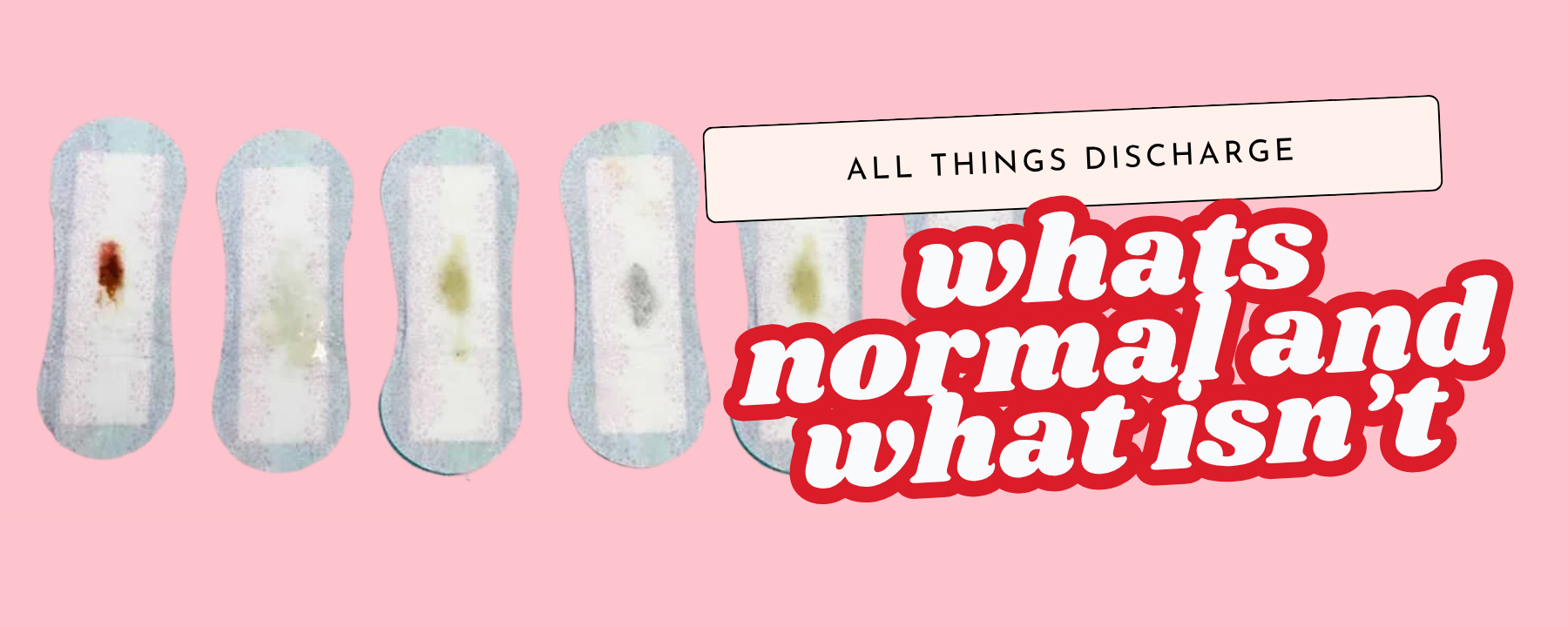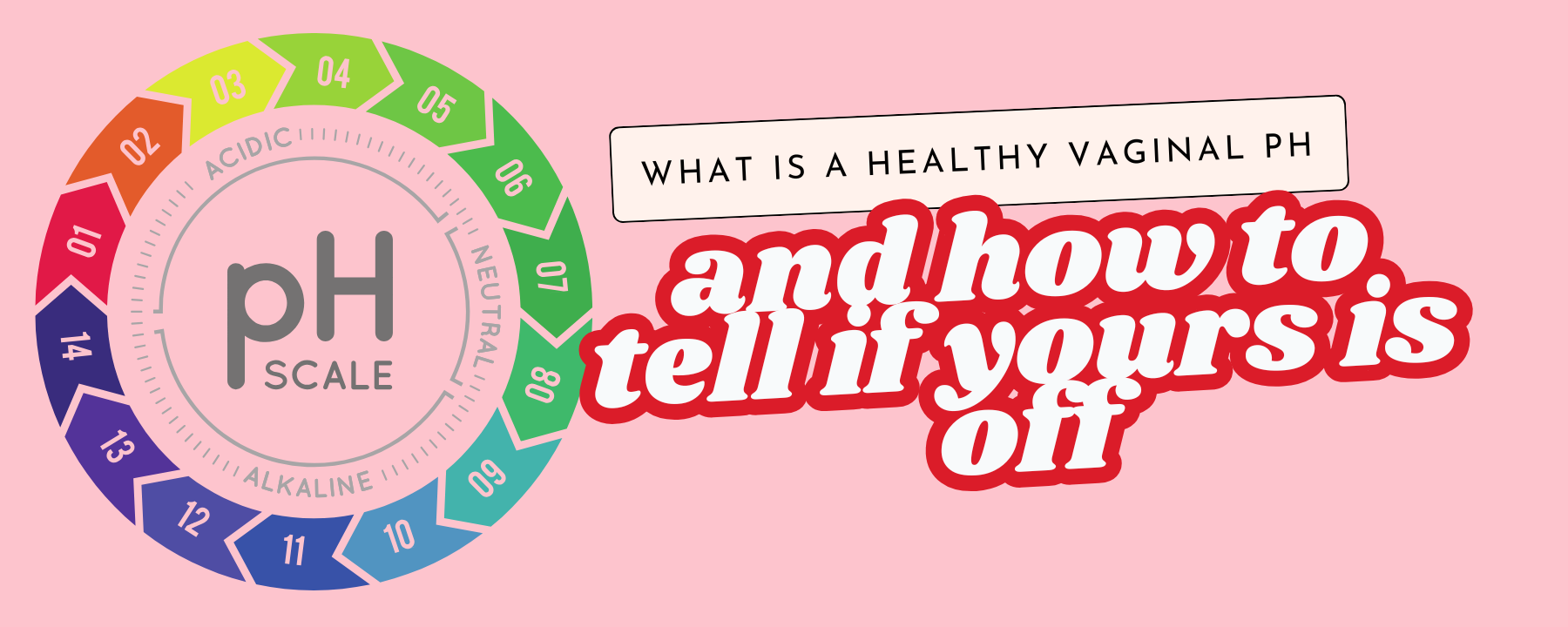What’s “Normal” Discharge Color/Texture—and What Isn’t?

“Normal” discharge is typically clear to milky white with a mild (not unpleasant) scent. It can change in amount and texture across your cycle (e.g., stretchy “egg-white” at ovulation). Red flags include green or gray color, bright/dark yellow with odor/pain, fishy odor, or thick, cottage-cheese-like discharge—especially with itching, pain, bleeding, or fever. See a clinician if you notice these.
TL;DR
-
Normal: clear→milky white; mild scent; texture varies during the cycle.
-
Not normal: gray/fishy (BV), thick white + itch (yeast), green/yellow frothy (trich).
-
Do: gentle external cleansing only (never inside); avoid douching; call a clinician for persistent changes.
What “normal” discharge looks like (through your cycle)
Your discharge naturally shifts with hormones:
-
After period: often drier/tacky.
-
Pre-ovulation: creamier.
-
Ovulation: clear, stretchy, “egg-white” (more abundant).
-
Post-ovulation: thicker/less until next period.
Mild scent is typical; a strong unpleasant odor is not.
Color & texture guide (scannable)
|
Color/Texture |
What it may mean |
What to do |
|
Clear / Milky white (no strong odor) |
Usually normal; varies with cycle and arousal |
Monitor; gentle external cleansing only |
|
Pale yellow (no strong odor) |
Can be normal (oxidation/pregnancy mucus); monitor symptoms |
If new/persistent with odor/itch, evaluate |
|
**Dark/bright yellow or Green |
Possible infection/STI (e.g., trichomoniasis) |
Clinician evaluation recommended |
|
Gray or thin milky with fishy odor |
Likely BV; pH often >4.5 |
See clinician; BV is treatable |
|
Thick white, “cottage-cheese,” + itch/burn |
Likely yeast; pH often normal |
See clinician to confirm; antifungals if indicated |
|
Pink / Brown |
Often old blood/spotting around period |
If persistent, painful, or unrelated to menses, evaluate |
Note: Color alone doesn’t diagnose the cause. A clinician may check pH, look for “clue cells,” or perform lab tests (e.g., Amsel or Nugent for BV; NAATs for STIs).
Why discharge changes (and what not to do)
Hormones (cycle/ovulation), pregnancy, antibiotics, new products, or a retained tampon can all shift discharge. During pregnancy, normal discharge trends clear/white/pale yellow; concerning changes warrant medical advice. Do not douche—it disrupts flora/pH and can worsen BV. Keep cleansing external only.
Quick self-check: Is it normal—or time to call?
Call a clinician if you notice:
-
Strong “fishy” odor, gray discharge (possible BV).
-
Green/yellow, frothy discharge (possible trich/STI).
-
Thick white + intense itch/burning (possible yeast).
-
Pelvic pain, fever, or bleeding outside your period, or persistent changes.
BV vs. Yeast vs. Trichomoniasis (at-a-glance)
|
Condition |
Likely look |
Odor |
Typical pH |
What to do |
|
BV |
Thin, gray/white |
Fishy (esp. after sex) |
>4.5 |
Clinician visit; antibiotics if confirmed (Amsel/Nugent) |
|
Yeast |
Thick white, clumpy |
Usually none/yeasty |
Often normal |
Clinician confirm; antifungal treatment if indicated |
|
Trichomoniasis |
Yellow-green, frothy |
Unpleasant |
Often high |
Test & treat; partner treatment too |
Safe care basics (keep your balance)
-
External-only cleansing; water or a mild, fragrance-free, pH-considerate wash. Never clean inside the vagina—it’s self-cleaning.
-
Avoid douching and perfumed sprays on the vulva.
-
Choose breathable underwear; change out of wet/sweaty clothing promptly.
-
If symptoms persist or recur, don’t self-treat indefinitely—get evaluated.
Prefer a gentle external cleanse? Explore Salt.Xo Yoni Washes (Original, Sensitive/Grapefruit, Seedless)—external use only. For travel/gym days, Salt.Xo Individually Wrapped Wipes offer a quick external refresh. (Add your product links.)
FAQs
What’s normal discharge?
Clear to milky white with a mild, not unpleasant scent; amount and texture change across your cycle.
Is yellow discharge normal?
Pale yellow can be normal; bright/dark yellow with odor, pain, or itching merits evaluation. During pregnancy, clear/white/pale yellow is common—report concerning changes.
Fishy odor with thin gray/white discharge—what is it?
Often BV (bacterial vaginosis); pH commonly >4.5. See a clinician for diagnosis and treatment.
Thick, white, “cottage-cheese” discharge with itching?
Often yeast; pH is often normal. Get confirmed before treatment.
When should I see a clinician?
Green/gray discharge, strong odor, pain, fever, bleeding outside your period, or persistent symptoms.
Medical disclaimer: Educational only; not a substitute for professional medical advice. If you have symptoms or concerns, consult a qualified clinician.




Comments